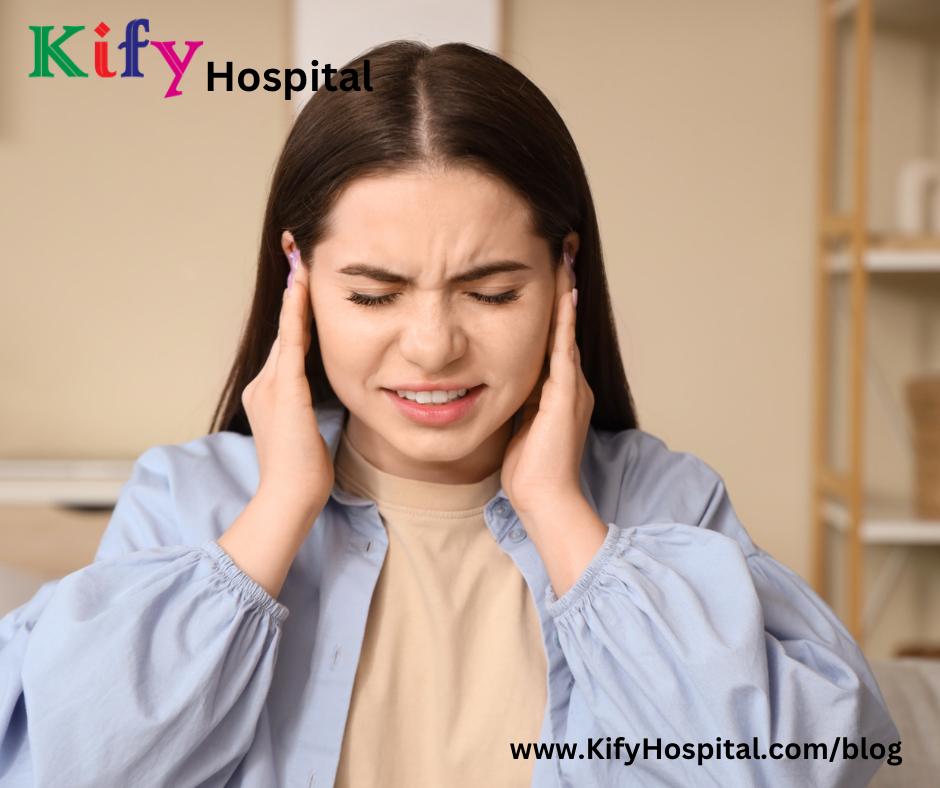Varicose Veins
- Dr. Karuturi Subrahmanyam

- May 30, 2024
- 3 min read
Updated: May 31, 2024

Varicose veins are a common condition, affecting many adults around the world. These enlarged, twisted veins most often appear in the legs and can range from a mild cosmetic concern to causing significant discomfort and health issues.
What Are Varicose Veins?
Varicose veins are bulging, often blue or purple blood vessels that can be seen just under the surface of the skin. They occur when the valves in the veins that help blood flow toward the heart do not function properly. As a result, blood pools in the veins, causing them to enlarge and become varicose.
Symptoms
While some people may not experience any discomfort, others might notice:
Aching, heavy legs
Swelling in the lower legs
Itching around the veins
Muscle cramping, especially after sitting or standing for long periods
In more severe cases, varicose veins can lead to skin changes, ulcers, and an increased risk of blood clots.
Causes and Risk Factors
Several factors contribute to the development of varicose veins, including:
Age: As we get older, our veins can lose elasticity and the valves inside them may weaken.
Sex: Women are more likely to develop varicose veins due to hormonal changes during pregnancy, menopause, or from using hormonal birth control.
Family history: If other family members have varicose veins, you’re at a higher risk.
Obesity: Carrying extra weight can put additional pressure on your veins.
Prolonged standing or sitting: This can decrease circulation and contribute to vein issues.
Prevention and Management
While not all varicose veins can be prevented, there are ways to manage the symptoms and reduce the risk of complications:
Exercise regularly to improve leg strength and circulation.
Elevate your legs when resting to help blood flow.
Wear compression stockings to support your veins.
Maintain a healthy weight to reduce pressure on your legs.
Natural Remedies for Relief
Elevation: Elevate your legs above your heart level for 15 minutes, several times a day. This helps reduce the pressure in leg veins and improves blood flow back to the heart.
Exercise: Regular physical activity, especially walking, can improve leg strength, circulation, and vein strength.
Compression Stockings: These special elastic stockings apply pressure to your legs, helping veins move blood more efficiently.
Dietary Changes: A high-fiber, low-salt diet can prevent swelling caused by water retention. Foods rich in flavonoids, like vegetables and citrus fruits, may also help.
Herbal Remedies:
Horse Chestnut: Known to reduce leg pain and swelling.
Grape Seed Extract: May improve blood circulation and reduce swelling.
Witch Hazel: A natural astringent that can reduce pain and swelling.
Massage: Gently massaging the affected area can help encourage blood flow. Use gentle upward strokes.
Apple Cider Vinegar: It’s believed to cleanse the body and improve blood flow. Apply it to the skin or mix with water and drink it.
Essential Oils: Oils like cypress, lavender, and peppermint can be diluted with a carrier oil and massaged onto the area to improve circulation.
Hydration: Drinking plenty of water can improve circulation and reduce swelling.
Natural home remedies can be a helpful part of managing varicose veins. However, they should complement, not replace, professional medical advice and treatment. If you’re concerned about varicose veins, talk to your doctor about the best approach for you.
When to See a Doctor
While home remedies can be effective for mild symptoms, it’s important to consult a healthcare professional if:
Varicose veins are causing significant pain or discomfort.
You notice skin changes or sores.
Your symptoms are worsening.
Treatment Options
For those who require treatment, options include:
Sclerotherapy: A solution is injected into the vein, causing it to collapse and fade.
Laser treatments: Strong bursts of light are directed onto the vein, making it slowly fade and disappear.
Surgery: In more severe cases, veins may be removed through various surgical techniques.
It’s important to consult with a doctor to determine the best course of action for your specific situation.
Summary
Varicose veins are a widespread issue that can affect quality of life. Understanding the condition, its causes, and treatment options empowers patients to seek the help they need and make informed decisions about their health.
Remember, this information is for educational purposes only and should not replace doctor advice. If you have concerns about varicose veins, please consult with your doctor.
Dr. Karuturi Subrahmanyam, MD, FRCP (London), FACP (USA)
Internal Medicine Specialist
Kify Hospital
Danavaipeta
Rajahmundry
Phone : 85000 23456




Comments